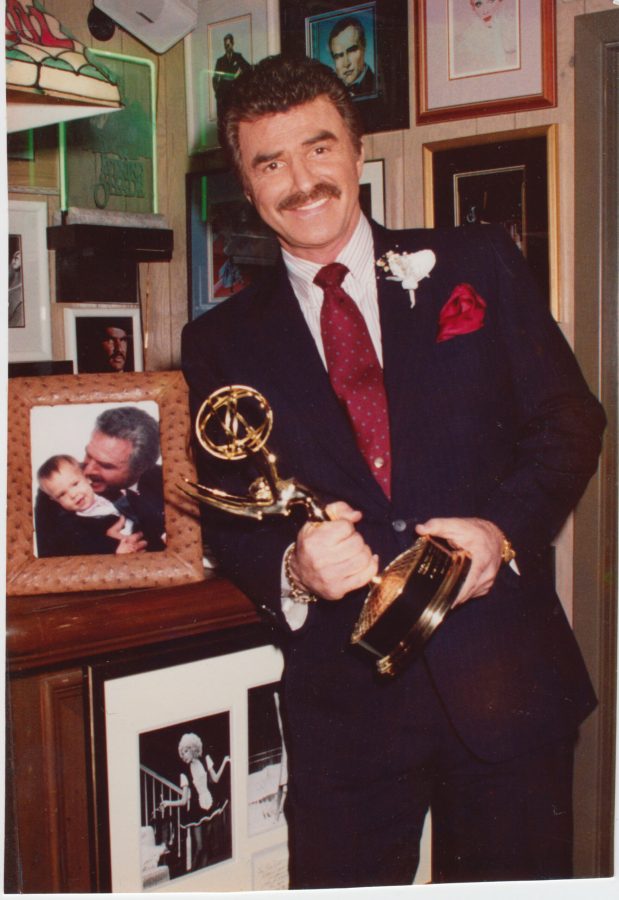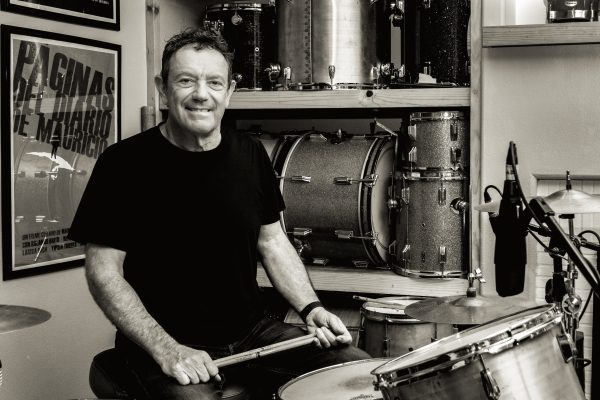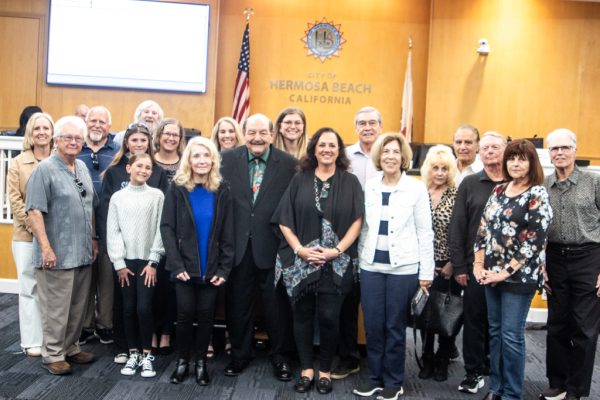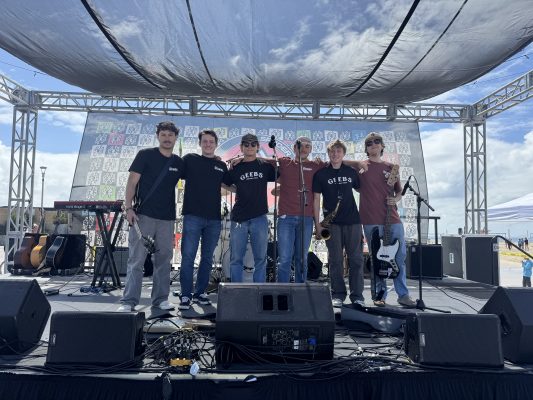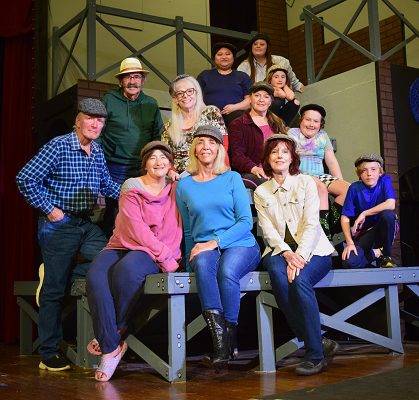Considered by some as the “last movie star,” Burt Reynolds lived many lives and all of them out loud. This film is a trip down memory lane for those who were acquainted with him and a revelation for those who weren’t.
Burt Reynolds was the very embodiment of the expression “tall, dark and handsome.” A football star at Palm Beach High School, he loved everything and everyone in his hometown of Riviera Beach, Florida. Fielding multiple scholarship offers he took his talent to Florida State where he played halfback. Injuring his knee on the field during his Sophomore season, his football career was doomed. Encouraged by his English teacher, he tried out for a play and, as they say, the rest is history. He eventually moved to New York and landed a role on Broadway. Hollywood was soon calling and he took on various odd jobs, one of which was working as a stuntman. But he was too handsome not to be noticed and soon landed a co-lead on a Darren McGavin western called “Riverboat.” They didn’t get along and Reynolds doesn’t mince words about their relationship. He’s trenchant and hilarious; a reminder that it wasn’t just his looks that set him apart, but his sense of humor and quick wit.
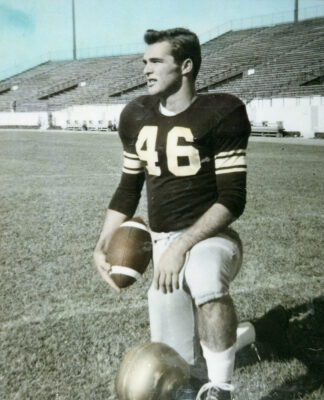
More roles followed, some good, some bad, but he was making his way. In another hilarious segment, Reynolds discusses his inability to land meaningful roles in films, something he shared with Clint Eastwood. Both of them went to Italy. Eastwood had the good fortune to work for Sergio Leone, reestablishing him as a leading man as the Man with No Name. Reynolds wasn’t quite so lucky as he tells us, landing the role of “Navajo Joe”, one of a string of forgettable laugh-out-loud stinkers.
For a time, he was the invisible man on screen but he cut a wide, clever swath across the talk show circuit where he could always be counted on to banter humorously with the host. He was so popular on The Tonight Show that Johnny Carson tapped him as a guest host. The footage of some of those appearances is priceless and is a reminder that he was so much more than the drivel he usually appeared in. It was one of those appearances that led to his most famous, or infamous, moment. Charmed, Helen Gurley Brown, editor of “Cosmopolitan” magazine, asked him to do the first a nude centerfold in her magazine, a poke at the “Playboy” practice. Wildly successful, it would, in the end, have a bittersweet effect.
Longing to be taken seriously as an actor, he was finally given a dramatic part in a film, “Deliverance,” destined for the award circuit. He would dazzle and amaze critics and audiences alike. What should have been the reignition of his acting career, was overshadowed by the centerfold. Serious dramatic roles passed him by, but he soon found the niche that would earn him buckets of money, a steady following and position at the top of the box office. “Smokey and the Bandit,” which became a trio of films, was his signature. But you can only go to that well so many times before it dries up. Soon he was no longer at the top of the heap. A return to television in “Evening Shade” brought him back from the brink. It would be up and down ever after with his role in “Boogie Nights,” a film he hated, being the zenith of his career.
Reynolds remained devoted to live theater and what it could do for actors and audiences alike. He founded the Burt Reynolds Dinner Theater in Jupiter, Florida, where his friends could act without the worry of critics and reviews, and Reynolds could train the next wave of actors.
Although fun, “I Am Burt Reynolds” is very selective in the information it parses out. With the exception of his son and sister, most of the interviewees had marginal experience with Reynolds or had their own agendas and any kind of unbiased presentation is clearly not one of them. Most perplexing to me is the revisionist history of his marriage to Loni Anderson as presented by Anderson. She paints a loving picture of Burt and continuing incredulity at their breakup, which she describes as rather amicable. This is in direct contrast to news reports at the time that painted it as very acrimonious with both parties tarnishing the other in dark, sinister colors in the tabloids.
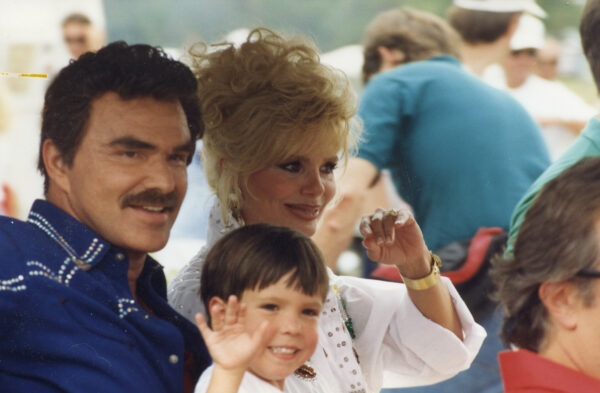
So many things were left out that my head began to spin. One has the impression that Reynolds had never been married or had significant relationships besides Sally Field, described as the love of his life, and Anderson. Reynolds had been married to Judy Carne, the “sock it to me” girl on “Laugh In,” who had one of the most memorable quotes about her ex’s centerfold. When asked about his display, she remarked that most men would not want to exhibit their shortcomings. Another famous and important relationship was with Dinah Shore, 20 years his senior. A coupling that was constantly in the news.
He was a complex, funny, interesting man who may not have lived up to his dramatic potential but had a great time doing what he did best. He earned and lost more money than is imaginable, but most of all, he survived, sense of humor about himself primarily intact. As oral history, you must consider the source of information and it is lacking. But as an introduction or reminder of the man’s quick wit, you won’t find much better. I want to see more of those talk show appearances and will look for them on YouTube and you should too. All in all, this is a very enjoyable movie, despite its “shortcomings.”
Be forewarned, this 90 minute show will have 30 minutes of commercials, something that may make it unbearable.
Now showing on the CW.

